- Source:
- @mayu_xx11xx / Tomomi Kunishige(國重友美) / eekanji
- Tags:
- Alphabet / Artist / Calligraphy / English / Japan
Related Article
-
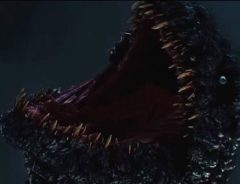
Final New Godzilla Trailer Is Ominous And Evangelion-ish And Sweet
-
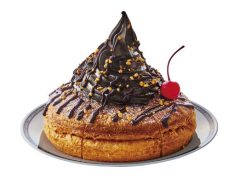
Godiva and Japanese coffee house end “poop sweets” menu collaboration due to popularity
-
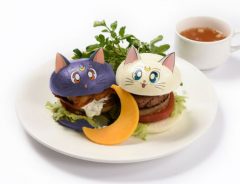
Sailor Moon Cafe Opens In Japan With Colorful And Nostalgic Character-Themed Menu
-
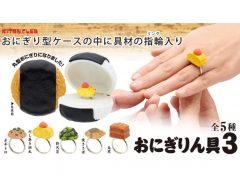
Make a romantic rice ball proposal with these onigiri filling ring and case sets
-
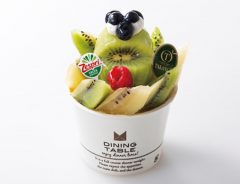
Sweeten up September with this limited-time kiwifruit menu from Takano Fruit Parlor
-

Bandai’s Life-Size Pot Of Greed Lets You Draw Two Cards
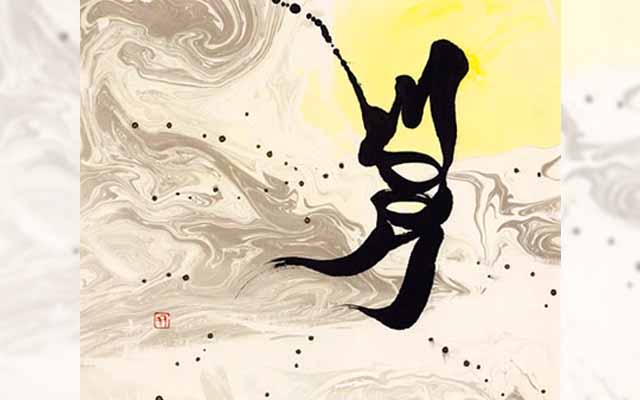
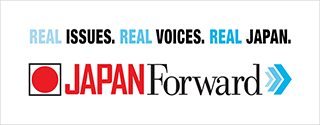
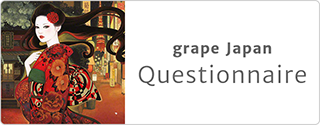
Japanese calligraphy doesn’t necessarily have to be limited to the artistic writing of Japanese characters. In fact, one artist found a way to add a new twist to the art of Japanese calligraphy, one that utilizes the letters of two languages instead of just one.
Tomomi Kunishige is the pioneer of eikanji — a different form of the written traditional art. Born in Yamaguchi Prefecture, the eikanji artist succeeded in creating a never-before-seen fusion of Japanese calligraphy and the English alphabet.
Eikanji is a portmanteau of the Japanese words eigo (meaning English) and kanji (adopted logographic Chinese characters), and is also a play on a phrase in the Kansai dialect “ee-kanji,” meaning “a good feeling.” Kunishige started learning calligraphy at the age of 6, and came up with her first eikanji when she was 20 years old.
“With a single character, people from different countries and different languages can experience the same word in the same way,” she writes on her website. “It is my hope that in doing so, they may both experience it as a thing of beauty as well.”
Along with the Japanese kanji, Kunishige writes the characters in such a way that the English equivalent of the same word can also be found within the same piece. Her website explains that when you view the character(s) from left to right and top to bottom in the order of the kanji strokes, the letters of the alphabet can be seen.
Some of the words are less discernible than others, but they’re definitely there. Can you find them?
flower + 花 (hana)
Source: eekanji
peAce + 和 (wa)
Source: eekanji
SEA + 海 (umi)
Source: eekanji
moon + 月 (tsuki)
Source: eekanji
revolution + 革命 (kakumei)
Source: eekanji
checkered + 波乱 (haran)
Source: eekanji
flower + 花 (hana), bird + 鳥 (tori), wind + 風 (maze), moon + 月 (tsuki)
Source: eekanji
Love + 愛 (ai)
spring + 春 (haru)
If you want to see more of Kunishige’s works, you can head on over to her website where she introduces her other projects. She also has videos of some of her performances, so you can see her in action!